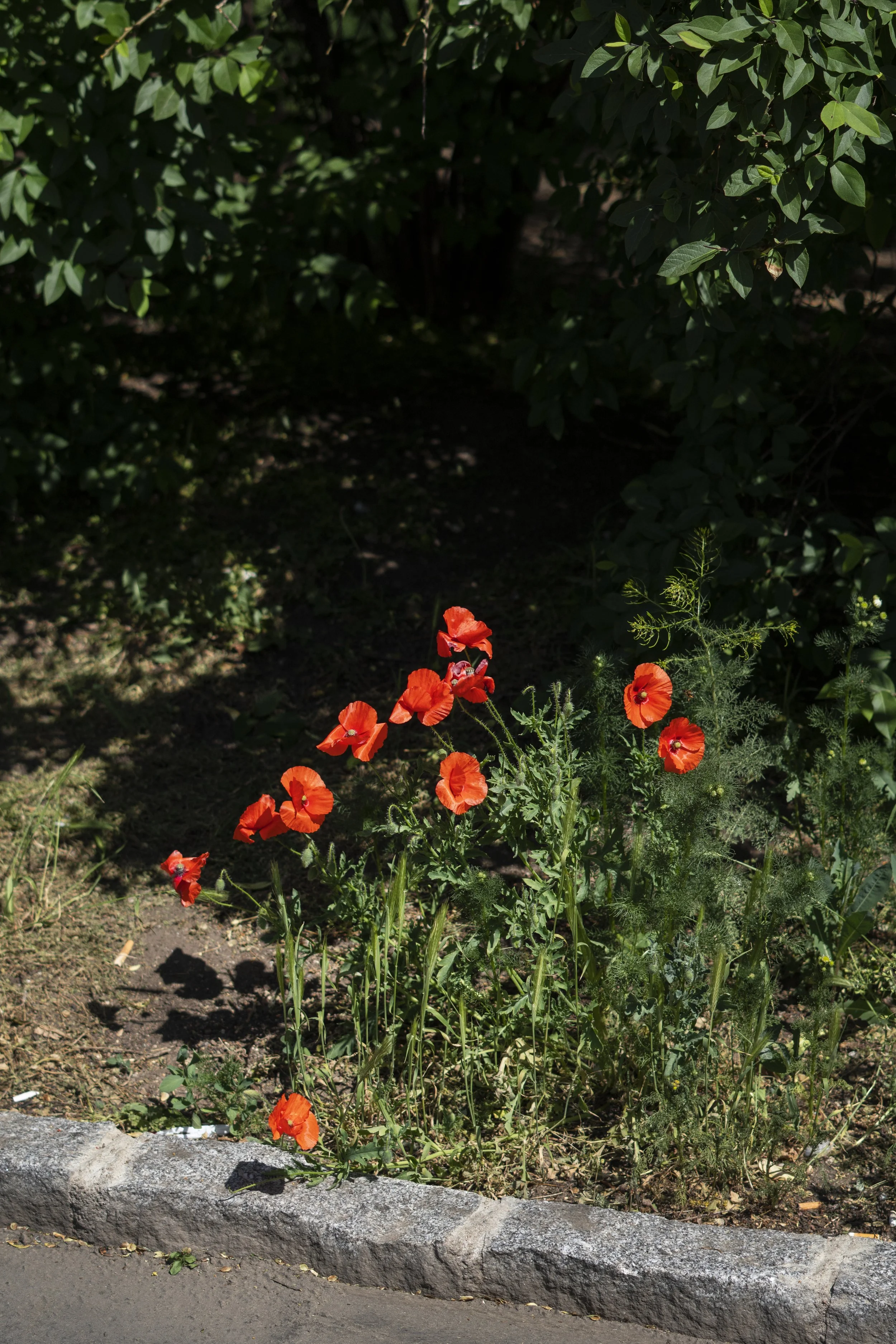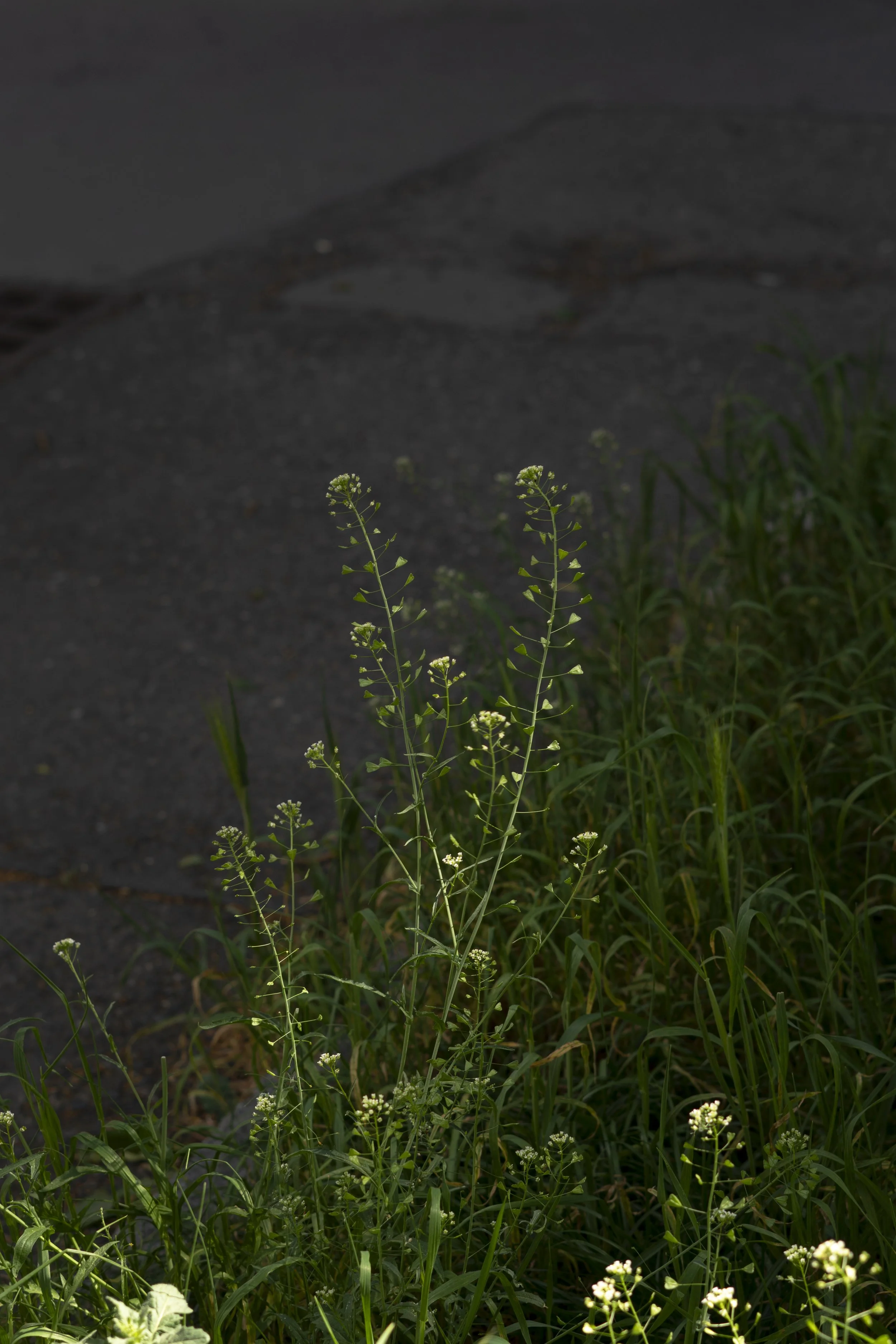FREE RADICALS
FREE RADICALS
LIVING LABS
LIVING LABS
LECTURES AND DEBATES
LECTURES AND DEBATES
A TOOLKIT FOR PLANT BIODIVERSITY IN ARTS AND CULTURE
“Free Radicals" is a hybrid collaborative toolkit for individuals and entities within the European creative and cultural sectors designed to enhance their understanding of plant biodiversity in their practice. It will serve as a comprehensive resource, providing the community with the knowledge and tools necessary to explore and incorporate plant biodiversity into art, design, architecture proposals, or exhibitions. It will discuss various plant species, their ecological significance, and the role they play in supporting biodiversity. The toolkit will equally delve into the connections between plants and cultural heritage, highlighting the importance of preserving and championing botanical diversity, indigenous knowledge as well as scientific research. Additionally, it will feature practical guidance on sustainable sourcing of plant materials, ethical considerations, and methods for responsibly incorporating natural elements into various processes commonly applied within the creative and cultural sector.
Working towards the toolkit's creation are six non-profit organisations based across Europe. From Portugal and Spain to Armenia, Hungary to Germany via the Czech Republic, these established cultural institutions and initiatives are already bringing innovative arts-sustainability concepts into practice in their respective fields. Together, they have formed a unique alliance that will lead to the creation, piloting and implementation of the toolkit with the help of artists and / or artist collectives and a host of eminent experts and mentors from the fields of material science, circular economy, sustainable arts practice but also biodiversity, indigenous knowledge and plant sciences such as economic botany or ethnopharmacology.
During the course of the two-year project, the following activities will be hosted among the partners: an inaugural event hosted in Prague, Czech Republic, three artist residencies held in rural locations in Spain, Portugal, and Armenia, followed by three living labs hosted in Spain, Hungary, and Berlin. A final exhibition showcasing both the artworks developed in the residencies as well as a formal launch of the toolkit will take place in Lisbon. Throughout the project, participants - and general audience alike - will receive mentoring from experts on the arts-biodiversity axis that will also contribute to the creation of the toolkit itself. Although primarily aimed at providing methodology and resources to the arts and culture sector, the project aspires to reach a larger audience including the academia, public sector as well as general audience that is expected to participate in several activities.
The project is co-funded by Creative Europe.
BACKGROUND
ARTIST RESIDENCIES
ARTIST RESIDENCIES
We are living in the Anthropocene, a period marked by major biodiversity loss. According to the Global Assessment Report on Biodiversity and Ecosystem Services, published by IPBES in 2019, several factors contribute to the current biodiversity crisis. From habitat destruction, pollution, climate change, over-exploitation of natural resources, and the introduction of invasive species, human activities play a central role in driving them. The world’s nearly 8 billion people represent just 0.01% of all living things by weight, yet humanity has caused the loss of 83% of all wild mammals and half of all plants.
Despite its importance, Europe's nature is in alarming decline with more than 80% of habitats in poor condition. Our fate as a species is deeply connected to the fate of our natural environment. As ecosystems are increasingly threatened by human activity, acknowledging the benefits of biodiversity is the first step in ensuring that we look after it. We know biodiversity matters. Now, as a society, we should protect it – and in doing so, we can better protect our own long-term interests.
The loss of biodiversity in Europe has far-reaching implications for the environment, economies, and societies. According to the World Economic Forum's report Nature Risk Rising published in 2020, $44 trillion of economic value generation – over half the world’s total GDP – is moderately or highly dependent on nature. With human health, jobs and a stable climate dependent on nature, inaction puts trillions of dollars of the global economy at risk. Additionally, biodiversity loss makes ecosystems more vulnerable to the impacts of climate change, such as extreme weather events. Climate change, linked to biodiversity loss, can contribute to environmental degradation and impact livelihoods, potentially leading to migration and displacement, affecting social stability and economics. There is a need for a great reset of humanity’s relationship with nature. Addressing this issue is therefore absolutely crucial for sustainable development, resilience, and the well-being of current and future generations of Europeans.
Arts and culture, as powerful forms of creative expression, play a significant role in enhancing the quality of human lives. Attending a music performance or exploring an arts exhibition may not only elicit strong emotional responses but also exert a tangible influence on public opinion. While, at first glance, these experiences may seem unrelated to the realm of hard science, arts and culture possess a unique ability to facilitate the communication of complex scientific concepts to the general public. By introducing scientific puzzles in alternative aesthetic or educational settings, they create an environment that fosters a deeper understanding of intricate issues.
In the midst of the multiple crises our societies are currently undergoing, it is increasingly important that arts and culture join forces with scientific disciplines in order to develop new methodologies and practical frameworks to address current challenges related to loss of biodiversity and indigenous knowledge. The intersection of the scientific community with the arts and cultural sector presents an opportunity to collaboratively develop impactful projects that contribute to a deeper understanding of the natural world.
Without plant biodiversity, life on Earth would be virtually impossible. They clean the air by releasing oxygen and absorbing harmful pollutants. Only thanks to natural conditions like soil fertility, clean water, and populations of bees and insects is food production possible. Plants also serve as materials used in the fashion and textile industry, design, or architecture. About two-thirds of medicines come from plants or are inspired by them, including some treatments for malaria or cancer. Plant biodiversity is crucial not only for humanity but also for all other forms of life on Earth. How is it possible that, despite the key role that plants play in our lives, humanity does not attach more importance to them?
Biodiversity loss impacts cultural practices and traditions linked to rural heritages and ecosystems. Traditional knowledge and practices related to plant and animal species is also being lost. As nature and biodiversity often inspire art and cultural expressions, the decline of natural landscapes and species can diminish the cultural and aesthetic inspiration for artists and communities. Additionally, biodiversity-rich areas often attract eco-tourism, providing economic opportunities for local communities.
———




